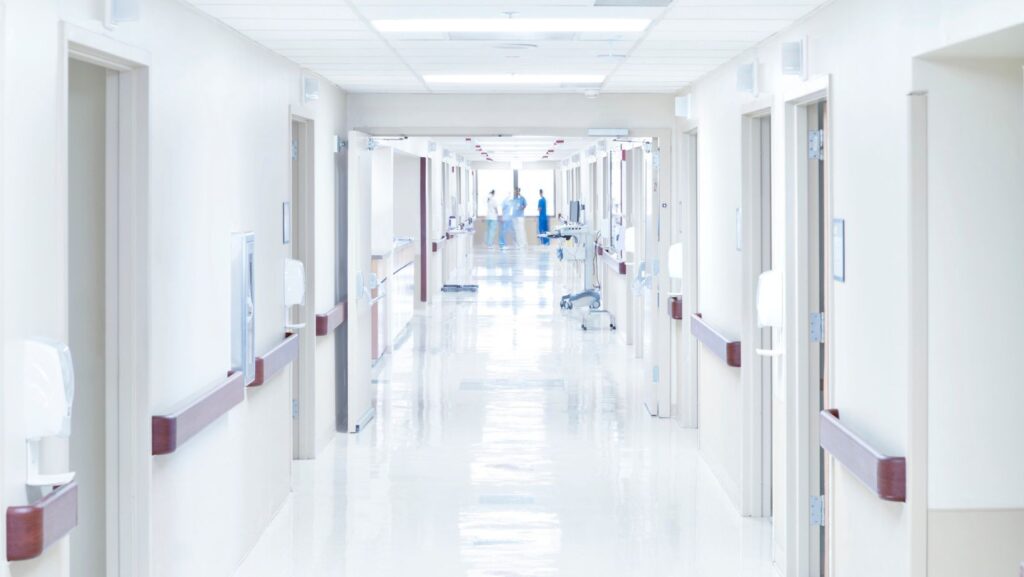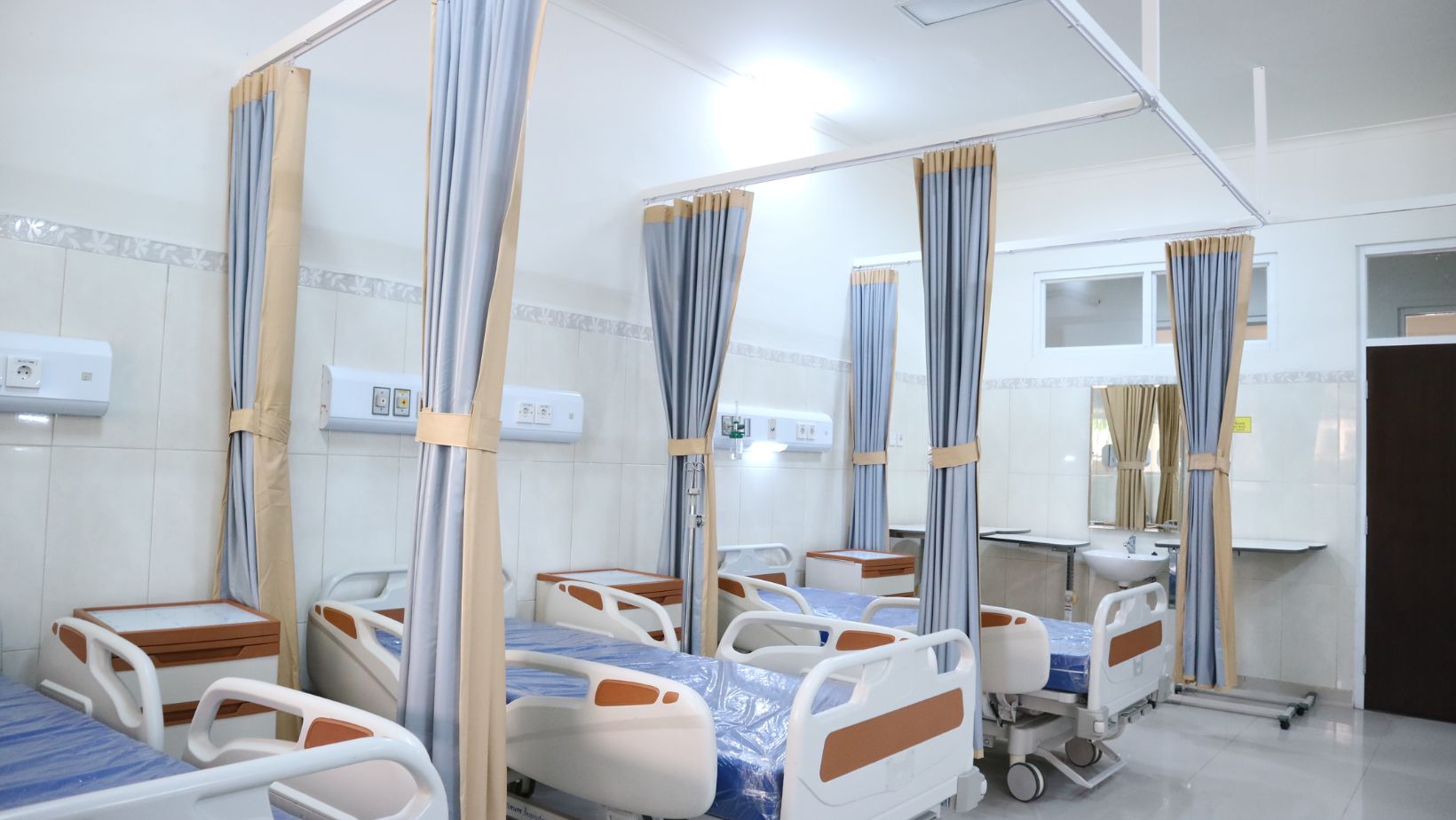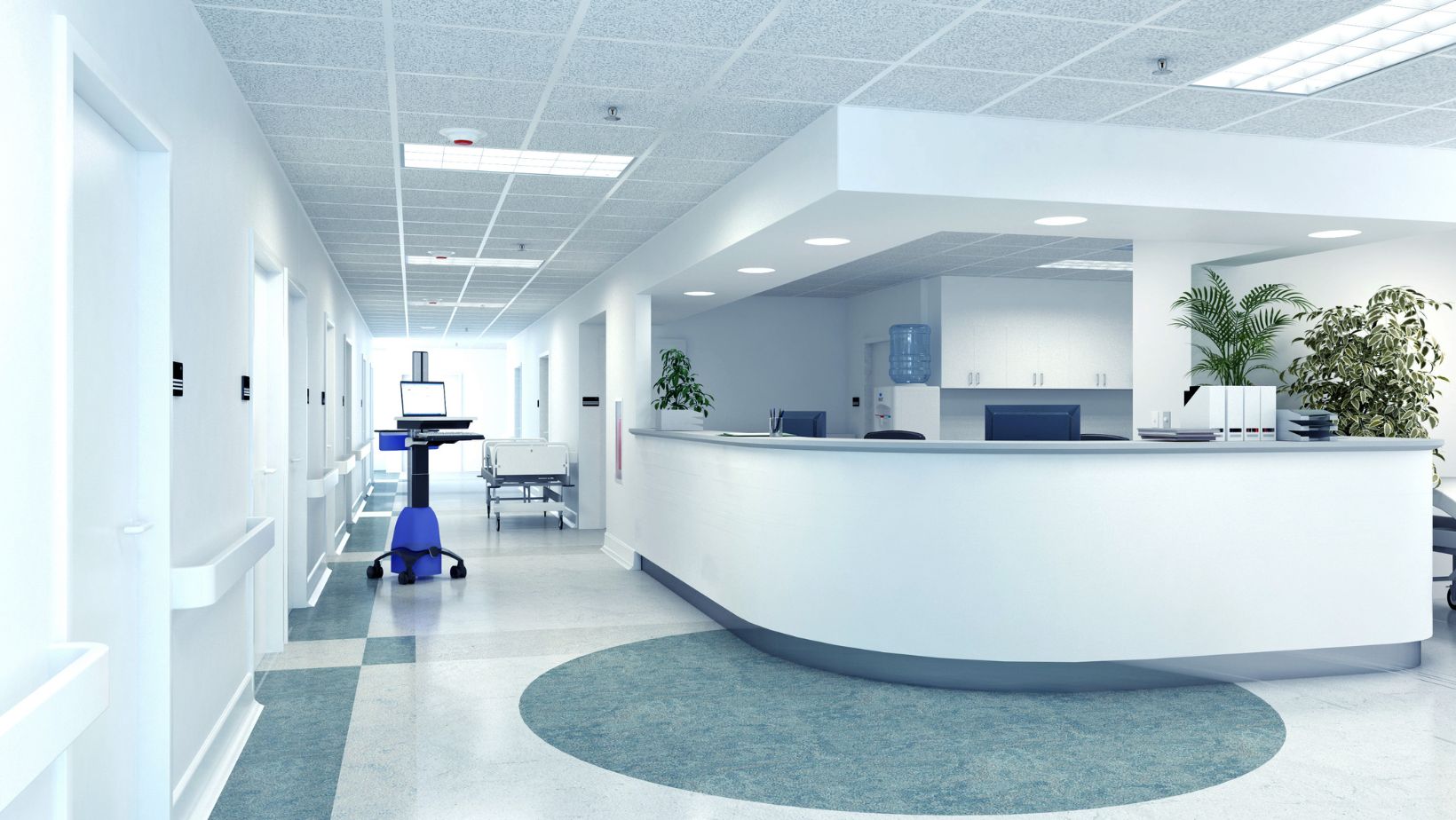
A new era of patient care has been brought about by the integration of Internet of Things (IoT) devices in healthcare, which provides solutions that improve monitoring, diagnosis, and treatment. These Internet of Things gadgets are essential to the transformation of conventional medical procedures in hospitals.
Moreover, with the prevalence of the internet, digital applications now let patients schedule appointments without the need to call the doctor’s office for revisits and to keep the doctor updated. It even lets the doctors keep in touch with the patients from the hospital at their homes so special care patients stay at ease while recovering.
Patients requiring such service with integrations of IoT devices require a high-speed internet connection that does not lag or disconnect from devices. For example, heart monitors being checked by medical professionals remotely.
For such usage, we suggest having a reliable connection – for which you should explore Local Cable Deals to find the most facilitating options. Visit the website or get in touch with its support to pick your provider today.
Furthermore, connectivity does not only have importance in homes but also in healthcare facilities. There are several studies that prove that support the argument that IoT is only going to reach newer heights in the coming future. The global Internet of Medical Things (IoMT) is estimated to reach a whopping $187.60 billion by 2028 as reported by a business and tech-based article.
In short, IoT is here to stay and influence the healthcare industry. So, check out the best IoT gadgets used in hospitals, each one advancing patient care differently. These gadgets, which range from cochlear implants to remote patient monitors, are prime examples of how technology and healthcare may be used to improve outcomes of life and help people overcome health-based difficulties.
1. Remote Patient Monitor (RPM):
For patients who need constant monitoring outside of a hospital, the Remote Patient Monitor (RPM) is a game-changer in the healthcare industry. With the use of these gadgets, medical professionals can remotely monitor patients’ vital signs, compliance with their prescriptions, and general well-being.
RPMs fill in the gaps between hospital visits by offering real-time data for proactive interventions and well-informed decision-making, ranging from managing chronic diseases to post-surgery care.
2. Glucose Monitor:
IoT-enabled glucose monitors provide a seamless blood sugar monitoring solution for people with diabetes. With the help of these continuous glucose monitoring devices, patients and medical professionals can identify patterns and make well-informed decisions on medication and lifestyle changes.
The incorporation of IoT technology improves glucose data accessibility and accuracy, which leads to more individualized and successful diabetes management plans. Your doctors can even have access to data insights and provide more detailed instructions on care methods.
3. Wearable ECG Monitors:
The fact that wearable ECG monitors are becoming a need for people with cardiovascular issues. These gadgets keep an eye on ECG signals constantly, giving a thorough picture of cardiac activity.
Healthcare providers can quickly identify abnormalities thanks to this real-time data, facilitating early intervention and individualized treatment regimens. Patients can take an active role in managing their cardiac health with the help of wearable ECG monitors.
4. Pulse Oximeters:
With their Internet of Things features, pulse oximeters provide a non-invasive means of tracking blood oxygen saturation levels. These gadgets are widely utilized in hospitals, particularly during patient recovery and surgeries, and their value has increased even further with the incorporation of IoT.
During the ongoing global health concerns, the ability to remotely obtain real-time oxygen saturation data is vital as it allows healthcare personnel to check patients’ respiratory state without having to physically touch them.
5. Cardiac Pacemakers:
Cardiac pacemakers are a life-saving device for those with irregular heartbeats. These gadgets now offer more features than only pacing thanks to IoT connection. Healthcare professionals can access data from connected pacemakers, which provides information on heart health and device status.
This constant information flow enables remote monitoring, guaranteeing the pacemaker is operating at peak efficiency and allowing for prompt modifications as necessary.
6. Hand Hygiene Monitor:
Hand hygiene monitors with IoT capabilities have become essential weapons in the fight against hospital-acquired diseases. By monitoring hand hygiene compliance, these gadgets encourage healthcare personnel to follow infection control procedures.
In the end, improving hygiene standards and getting real-time feedback lowers the risk of infections in healthcare institutions.
7. Depression or Mood Monitor:
Mood monitors or depression monitors are two examples of how IoT is being used in mental healthcare. For mental health experts, these devices provide useful data by tracking and monitoring mood patterns, activity levels, and sleep quality.
By addressing both physical and mental well-being, these monitors in hospitals promote a holistic healing environment and help institutions adopt a more comprehensive approach to patient care.
8. Spinal Cord Stimulators:
Spinal cord stimulators which are meant to be used by those with chronic pain disorders have been improved as a result of the Internet of Things. These devices work by stimulating the spinal cord with electrical impulses to reduce pain.
Healthcare professionals can adjust stimulation parameters based on real-time feedback by utilizing IoT integration to enable remote control and monitoring. This customized approach to pain management improves the quality of life and outcomes for patients.
9. Cochlear Implants:
The lives of people with hearing loss have been transformed by Cochlear Implants, which now include IoT elements for improved functioning. Due to their ability to link to other devices, these smart implants enable remote setting adjustments, audio streaming, and software updates.
IoT-enabled cochlear implants, which provide a lifeline for those with hearing impairments, represent the nexus of medical innovation and technology.
10. Connected Inhalers:
As connected inhalers incorporate smart technology into conventional inhaler devices, they transform respiratory care. Healthcare professionals can now track patient adherence, evaluate the effectiveness of treatments, and make well-informed decisions for individualized respiratory care.
Connected inhalers, which are especially helpful for long-term respiratory disorders, provide a smooth fusion of conventional therapy modalities with innovations in digital health.
Conclusion:
The integration of IoT devices in hospitals represents a transformative shift in healthcare delivery. From continuous patient monitoring to precision in diagnostics and treatment, these devices are revolutionizing patient care. These devices show the diverse ways in which technology is enhancing healthcare outcomes, promoting proactive interventions, and fostering a more patient-centric approach.
As the healthcare industry continues to embrace the possibilities of IoT, we can anticipate even more groundbreaking innovations that will further shape the future of healthcare delivery.





